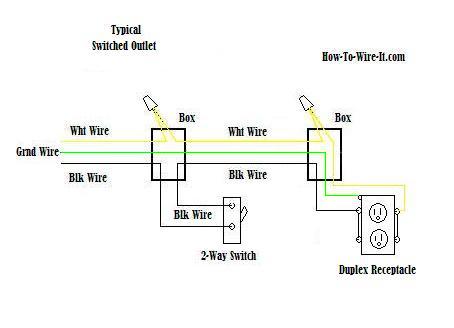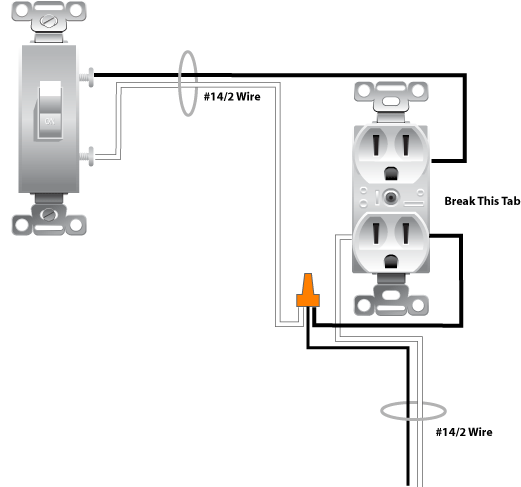TromboneAl
Give me a museum and I'll fill it. (Picasso) Give me a forum ...
- Joined
- Jun 30, 2006
- Messages
- 12,880
Related to the mini-tank water heater installation, I now need to rewire the outlet under the sink to have one plug switched and one plug constantly on.
Unfortunately, the wiring was done like this,

and not like this:

As a result, there is no "always on" hot lead at the outlet.
So, I guess that some new wires will need to be run through the wall, and that I should hire an electrician to do this.
Note that the dishwasher doesn't plug in, but has a dedicated wire that disappears behind the cabinets.
An alternative is to dump the garbage disposal, since we rarely use it (we have a septic tank).
Thoughts?
Unfortunately, the wiring was done like this,

and not like this:

As a result, there is no "always on" hot lead at the outlet.
So, I guess that some new wires will need to be run through the wall, and that I should hire an electrician to do this.
Note that the dishwasher doesn't plug in, but has a dedicated wire that disappears behind the cabinets.
An alternative is to dump the garbage disposal, since we rarely use it (we have a septic tank).
Thoughts?
Last edited:

